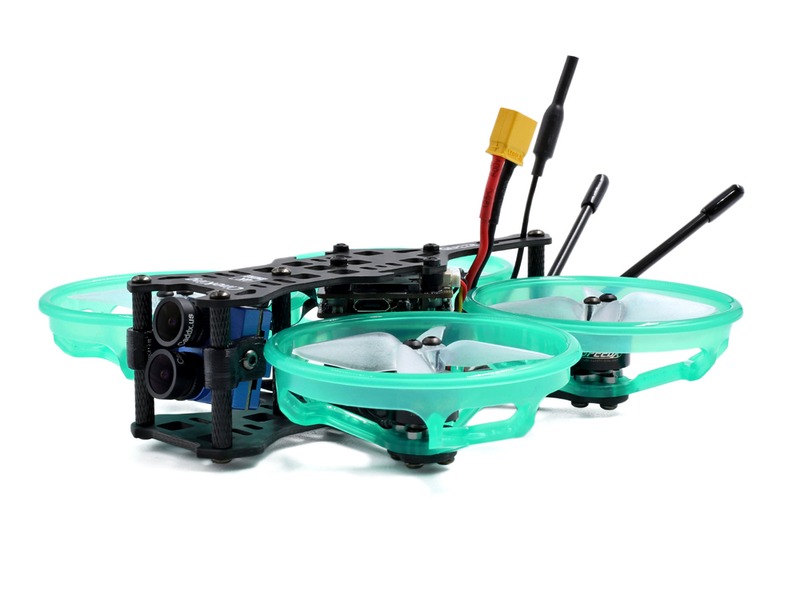What mode do FPV racers use?

FPV (First Person View) racing is a type of drone racing that has become increasingly popular in recent years. This type of racing involves pilots flying their drones around a course while wearing special goggles that allow them to see what the drone sees in real time. This gives the pilot a unique perspective of the course and allows them to maneuver their drone in a way that is not possible with traditional drone racing.
FPV racers use a variety of different modes to control their drones. The most common mode is called Acro mode, which is the simplest and most popular mode used by FPV racers. Acro mode is a type of flight mode that allows the pilot to control the drone’s pitch, roll, and yaw, as well as its throttle. This mode is great for FPV racing because it allows the pilot to make quick and precise maneuvers.
Another popular mode used by FPV racers is called Angle mode. Angle mode is similar to Acro mode, but it limits the amount of pitch and roll that the drone can make. This mode is great for beginners because it helps them learn how to fly their drone without having to worry about crashing it.
Another mode used by FPV racers is called Horizon mode. This mode is similar to Angle mode, but it limits the amount of pitch and roll even further. This mode is great for pilots who want to fly their drone in a more relaxed manner.
The last mode used by FPV racers is called Air mode. This mode is similar to Acro mode, but it allows the pilot to control the drone’s throttle and yaw independently. This mode is great for pilots who want to make more precise maneuvers.
All of these modes are great for FPV racing, and each has its own advantages and disadvantages. It is important for pilots to understand the different modes and how they can be used to their advantage in order to become a successful FPV racer.
Comments / Question
2. Buy a Drone: Once you have a good understanding of the basics, you can start shopping for a drone. Make sure to get one that is suitable for racing and has all the necessary components.
3. Practice: Before you enter any races, make sure to practice flying your drone. This will help you become familiar with the controls and get a feel for how the drone handles.
4. Join a Racing Community: Joining a local FPV racing community is a great way to meet other racers and get tips and advice.
5. Enter a Race: Once you feel comfortable with your drone, you can enter a race. Make sure to read the rules and regulations of the race before you enter.
2. First Person View (FPV): This mode uses a camera mounted on the drone to provide a live video feed to the pilot, allowing them to fly the drone as if they were in the cockpit.
3. Follow Me: This mode uses GPS tracking to allow the drone to follow the pilot wherever they go.
4. Waypoint Navigation: This mode allows the pilot to program a flight path for the drone to follow, allowing for more complex maneuvers and aerial photography.
5. Autonomous Flight: This mode allows the drone to fly itself, using pre-programmed instructions and sensors to navigate and avoid obstacles.
1. FPV mode allows pilots to have a more immersive experience, as if they were actually in the cockpit of their drone.
2. FPV mode gives pilots a greater sense of control, since they can control the drone in real-time from their point of view.
3. FPV mode also allows for greater precision when flying, since the pilot has a direct view of where the drone is going.
4. FPV mode allows for more creative shots and angles, as the pilot can move the drone in any direction and at any speed.
Disadvantages:
1. FPV mode can be more dangerous than traditional RC flying, since the pilot does not have the same level of control over the drone from a distance.
2. FPV mode can be more difficult to learn, as the pilot must learn to control the drone in real-time from their point of view.
3. FPV mode requires more expensive equipment, such as monitors and goggles, to get the best experience.
4. FPV mode can be more tiring for the pilot, since they have to concentrate and focus on controlling the drone for longer periods of time.

